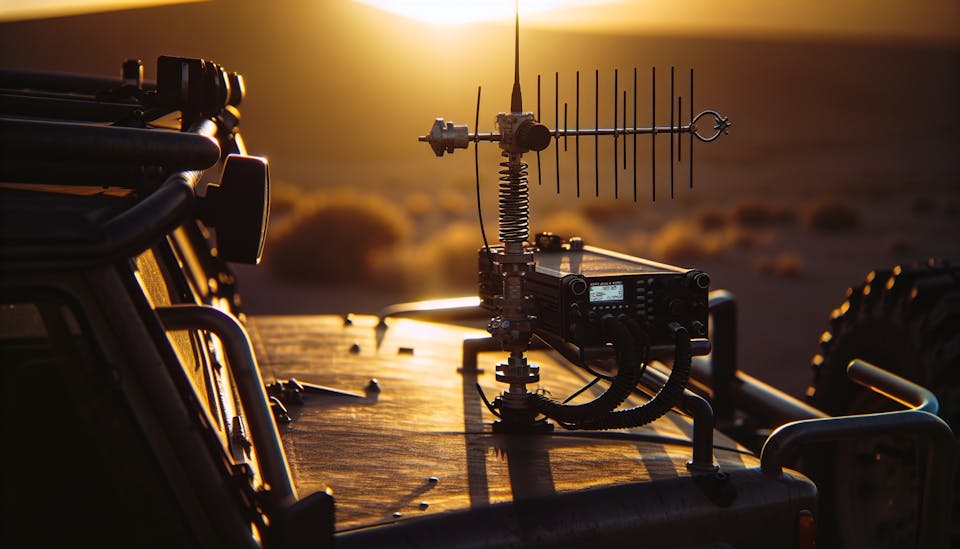This post was originally published on February 20, 2024
The latest update to this post was made 1 month ago.
 Ham Radio Licensing Levels (USA)
Ham Radio Licensing Levels (USA)
In the United States, there are three main types of ham radio licensing levels – technician, general and extra.
Technician Class
The entry-level license is the Technician license, which allows operators to communicate on all amateur frequencies above 30 MHz. With this license, individuals can operate a wide range of communication equipment including handheld radios and mobile stations.
- Involves taking a 35 question exam which covers basic regulations, operating practices and general electronics theory. The primary focus of the technician class license is VHF/UHF (2m/70cm) applications.
- Allows use of all VHF/UHF bands (above 30MHz).
- Allows for FM voice, digital packet (computer), television, SSB (single side band) voice.
- Grants access to operate on 80, 40, 15 and 10 meter bands via CW (Continuous Wave) also known as Morse code, voice and digital modes.
General Class
The General license grants access to additional frequency bands across a wider spectrum, enabling operators to communicate over greater distances using more powerful equipment.
- Requires a technician class license.
- Involves taking an additional 35 question exam.
- Adds extensive HF privileges – which includes a good majority of the spectrum below 30 MHz.
Extra Class
The highest level of ham radio licensing in the United States is the Extra class license. This level offers access to all amateur radio frequencies and privileges, giving operators the ability to communicate globally with other ham radio enthusiasts. Individuals who hold an Extra class license have demonstrated a high level of knowledge and expertise in operating ham radios, making them highly skilled and respected members of the amateur radio community.
- Requires technician and general class license.
- Involves taking a 50 question multiple-choice exam, the test does not require knowledge of Morse code. This test covers more obscure regulations, specialized operating practices, advanced electronics and radio equipment design.
- Allows access to all authorized frequencies allocated to amateur radio.
Ultimately, each type of ham radio licensing level in the United States provides different opportunities for communication and connection with fellow enthusiasts around the world. Interested in locating a test center near you? Check out the [ARRL Exam License Locator].
Tags: #hamradio #amateurradio #radioamateur #hamencounters
![]()

Be the first to comment